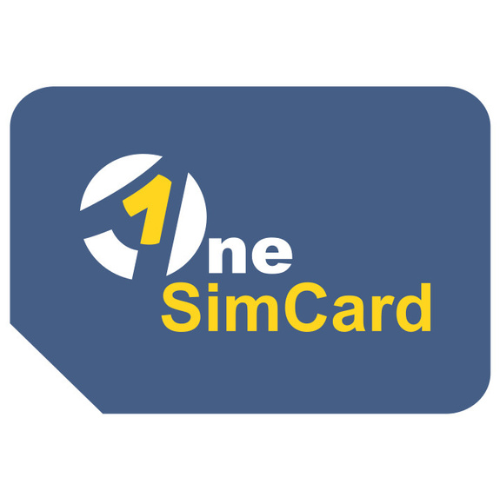Are you tired of carrying multiple SIM cards for your various devices? Do you wish there was a simpler, more convenient solution to stay connected wherever you go? Look no further than eSIM cards! In this ultimate guide, we’ll unravel the mystery behind these tiny yet powerful wonders and equip you with all the knowledge you need to embrace the future of connectivity. From how they work to their benefits and everything in between, get ready to dive into the world of eSIMs and unlock a whole new level of convenience. Let’s get started!
Advantages of Using an eSIM Card
eSIM cards, or embedded SIM cards, are a relatively new technology that is quickly gaining popularity in the mobile industry. Unlike traditional SIM cards that need to be physically inserted into a phone, eSIMs are built directly into devices and can be remotely activated and managed.
But what makes eSIM cards so appealing? In this section, we will delve into the various advantages of using an eSIM card.
1. Convenience and Flexibility:
One of the biggest advantages of using an eSIM card is its convenience and flexibility. With a traditional SIM card, you would need to physically switch out your card if you were changing carriers or traveling internationally. This process can be time-consuming and may not always be possible if you don’t have access to a physical store.
With an eSIM, all you need to do is scan a QR code or use an app provided by your carrier to download your new plan onto your device. This allows for seamless switching between carriers without having to change physical cards.
Additionally, eSIMs allow for dual-SIM functionality on devices that support it. This means you can have two numbers on one device, perfect for professionals who want to keep their work and personal phone lines separate or frequent travelers who want to use local data plans when abroad.
2. Cost-Effective:
eSIMs also offer cost savings compared to traditional SIM cards. With traditional SIMs, each carrier has its own specific card which limits your options when it comes to choosing plans and prices.
On the other hand, eSIMs allow for more competition between carriers, meaning you have a wider range of options and can potentially find a better deal. Furthermore, switching carriers is typically free with an eSIM, whereas traditional SIM cards may incur additional costs.
3. No Physical Card Required:
As mentioned earlier, eSIMs are built directly into devices, eliminating the need for a physical card. This can be beneficial for those who frequently lose or damage their SIM cards. With an eSIM, the risk of losing your service due to a misplaced or damaged card is eliminated.
4. Remote Management:
Another advantage of using an eSIM is the ability to remotely manage your plan. Traditional SIM cards require you to physically go to a store if you want to make changes to your plan or activate a new one. With an eSIM, all of this can be done through an app provided by your carrier.
This also means that if you’re traveling and need to purchase a local data plan, you can do so without having to find and purchase a physical SIM card.
5. Environmentally Friendly:
eSIMs also have environmental benefits as they eliminate the need for plastic SIM cards and reduce electronic waste. Additionally, since eSIMs can be updated remotely, there is less need for physical distribution and disposal of SIM cards.
In conclusion, eSIM cards offer a range of advantages including convenience, flexibility, cost savings, and environmental benefits. As technology continues to advance, we can expect to see eSIMs becoming even more widely adopted in the future.





